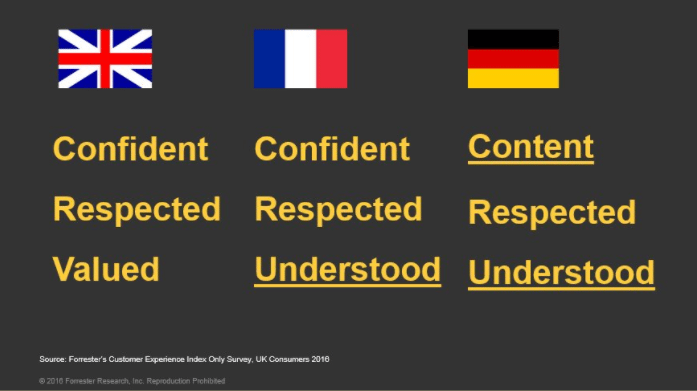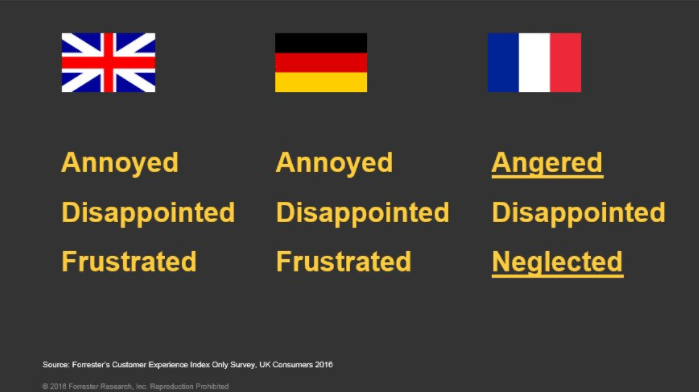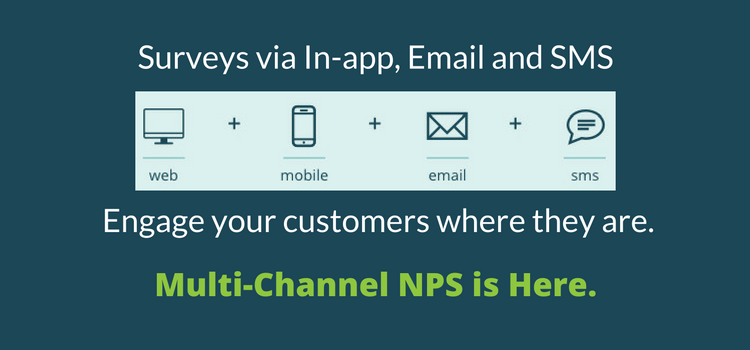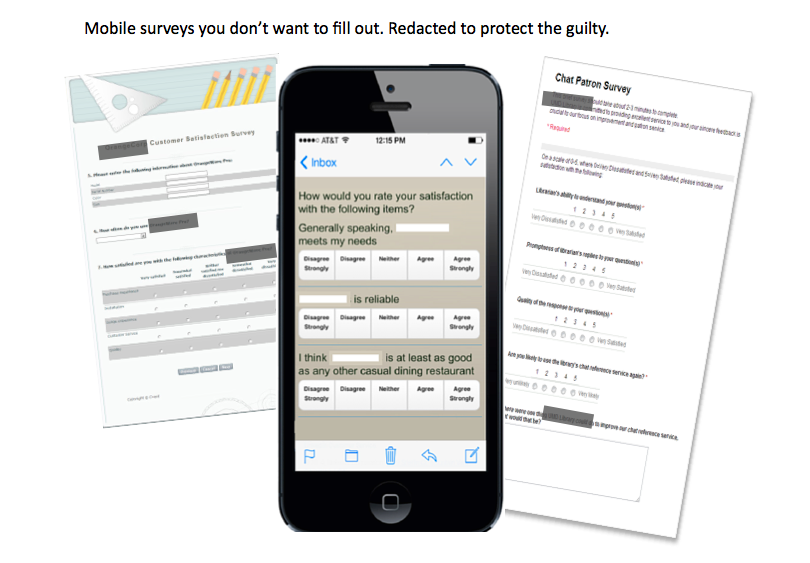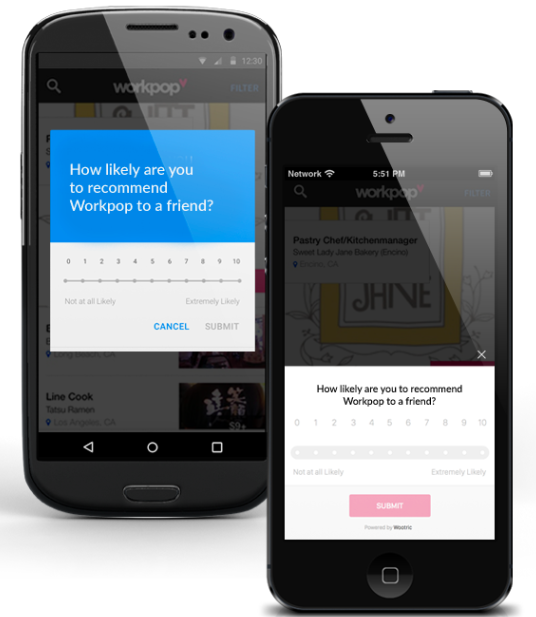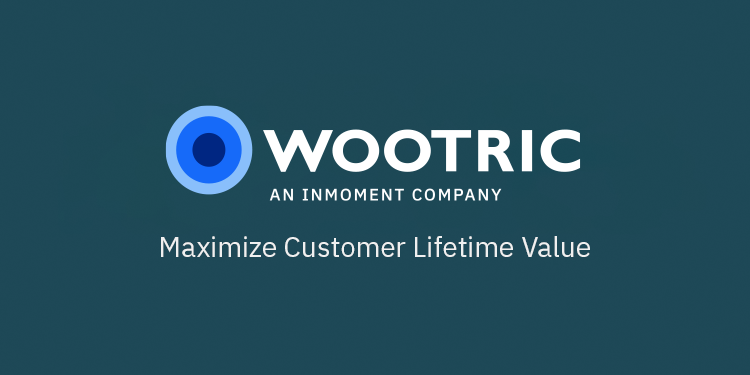
For many business-to-business (B2B) companies, relationships with customers are ongoing, which gives these companies the opportunity to improve on relationships over time. Typically, these companies first take the information they obtain from customer journey mapping to make internal improvements to their own processes with an eye toward making the customer experience better.
In addition to the experience that a company creates for its customers, journey mapping also uncovers dynamics that customers go through within their own companies during their journey. Within the B2B space, there are many things your company can do to improve the customer experience drawing on customers’ internal dynamics. Doing so can be extremely powerful in cementing a client relationship. The ability to do this will provide a means for your company to differentiate itself from competitors who struggle to use this type of information.
What We Often Learn About the Customer’s Internal Struggles
MaritzCX’s experience in customer journey mapping indicates that the following dynamics within B2B customers’ own companies tend to be the most likely to make their journeys more difficult:
- Unclear communication with end users: End users can be in a variety of departments, e.g., production, research and development. Sometimes end users do a poor job of communicating what they want, and thus the person charged with making an order can be hindered by miscommunications. This leads to wasted time and frustration on the part of the customer.
- Dealing with angry end users when something is wrong with an order: Sometimes a company shipping an order or fulfilling a service will get it wrong. This can create internal chaos for the customer and his end user. The customer will expend more time and energy, and the end user may well unload his or her frustrations on the ordering individual.
- Dealing with accounting and purchasing departments: The individual charged with ordering typically has to deal with accounting and purchasing departments that have very specific requirements about how things must be done. This can result in the ordering individual having to work with a vendor to make adjustments to their typical protocols to satisfy his or her accounting and/or purchasing departments. This can be very challenging because of the extensive communication it sometimes takes to get things right.
- Leaving the ordering individual out of communications with the company from which they are ordering: When someone within the customer’s organization reaches out to the company from which the ordering is taking place and leaves the purchaser out of the loop, this too can result in internal problems, including the ordering individual repeating tasks already done, contributing to even more confusion, and feeling usurped.
Using Internal Customer Challenges to Improve the Customer Experience
Most companies have had to deal with customers who had the kinds of internal challenges just described. Though you cannot ever eliminate all these situations, we believe that a B2B company can work with its customers to better understand these challenges, and help them in managing the internal difficulties they encounter. Doing so will not only provide your customer with a better experience, but provides you with the opportunity to develop a stronger relationship as you help them to work through their problems.
MaritzCX’s experience with customer journey mapping has led us to recommend the following strategies for aiding B2B companies in better understanding and helping their customers to deal with difficult internal dynamics.
- Proactively ask your customers what their biggest internal challenges are. By asking this question, you are indicating you have empathy for and understand the challenges your clients face. This is how the sales force can begin to form stronger relationships with customers. The more the salesperson knows, the more potential problems can be averted. If a customer has an end user who is not providing clear direction, proactively deal with this ahead of time by helping your customer to clarify matters with their end users. If you know your customer has an anxious end user, don’t be afraid to communicate frequently to ease the situation. In short, find out what the problems are and help your customer to find a solution.
- Learn about your customers’ accounting and purchasing departments’ needs and the formats in which they use. You can then work with your own accounting department to produce documents that will line up perfectly with your customers’ purchasing and accounting needs. This will make both the salesperson and customer’s lives much easier because everyone will save time in the long run. Your customers will particularly appreciate it.
- Close the loop with customers that have been left out. Further, if a salesperson becomes aware that both they and their customer are being left out of the loop, the salesperson needs to communicate that. The salesperson should encourage anyone within his own company to let him or her know that someone from a client organization has reached out to them.
A Prime Differentiator
Learning about the internal dynamics that get in the way of customers having an easy and pleasant customer journey puts the company in the best position possible.
When an organization completes a journey mapping exercise, it should not draw the conclusion that it will not be able to use the information on the customer’s internal challenges during the customer journey. Far from it. In fact, the organization can use this type of information as a tool with which to build solid relationships with the customers.
The ability to help your B2B customers with their own internal problems in the customer journey can also work as a prime differentiator between you and your competition. Many companies make the faulty assumption that they can exercise virtually no influence over their customers’ internal dynamics. By failing to recognize that they can accomplish much in this area, they allow companies that use this type of information to thrive and often become industry leaders.



